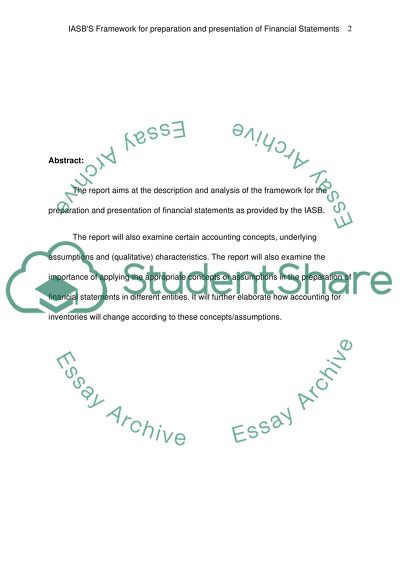Cite this document
(“ASB'S Framework for Preparation and Presentation of Financial Research Paper”, n.d.)
ASB'S Framework for Preparation and Presentation of Financial Research Paper. Retrieved from https://studentshare.org/finance-accounting/1526340-financial-statements-master-essay
ASB'S Framework for Preparation and Presentation of Financial Research Paper. Retrieved from https://studentshare.org/finance-accounting/1526340-financial-statements-master-essay
(ASB'S Framework for Preparation and Presentation of Financial Research Paper)
ASB'S Framework for Preparation and Presentation of Financial Research Paper. https://studentshare.org/finance-accounting/1526340-financial-statements-master-essay.
ASB'S Framework for Preparation and Presentation of Financial Research Paper. https://studentshare.org/finance-accounting/1526340-financial-statements-master-essay.
“ASB'S Framework for Preparation and Presentation of Financial Research Paper”, n.d. https://studentshare.org/finance-accounting/1526340-financial-statements-master-essay.


